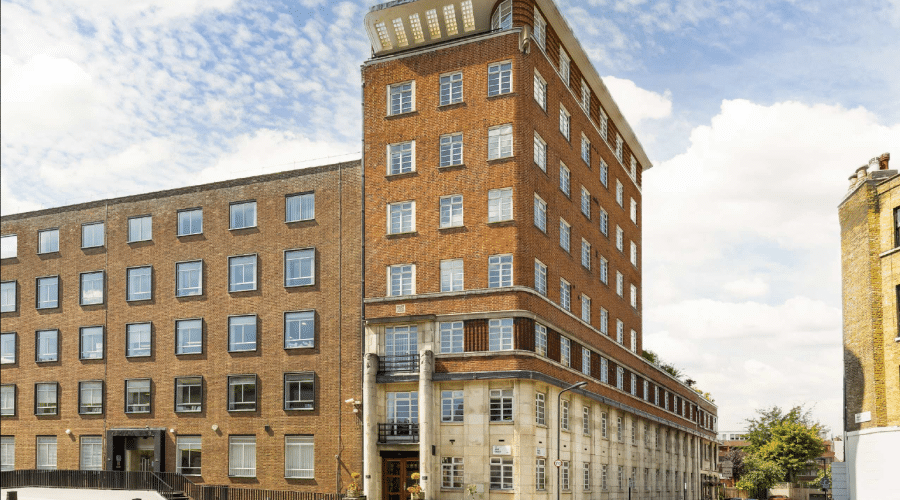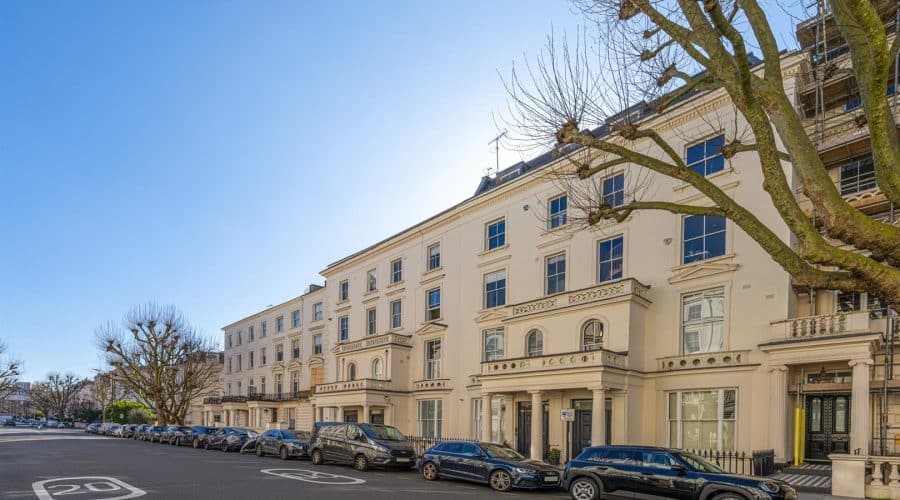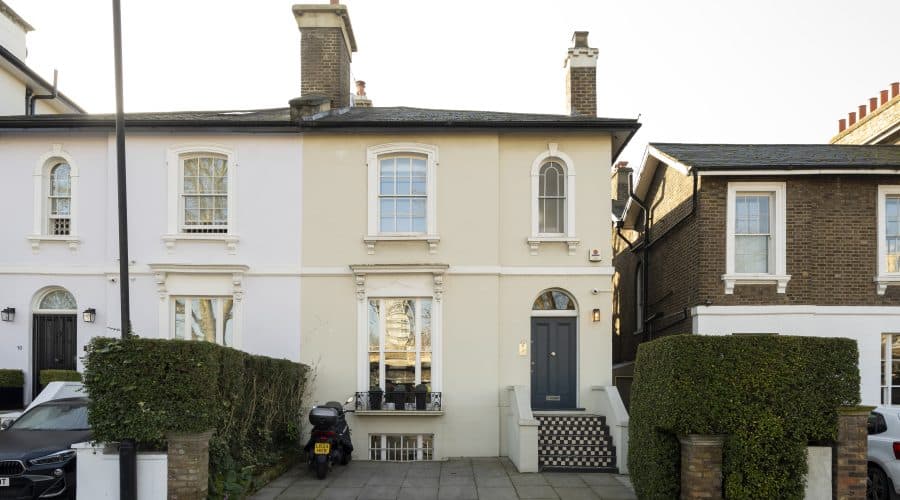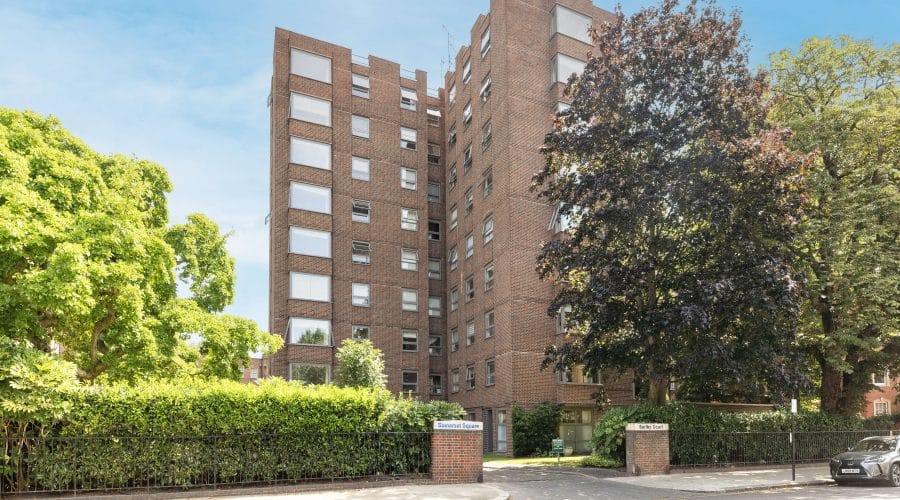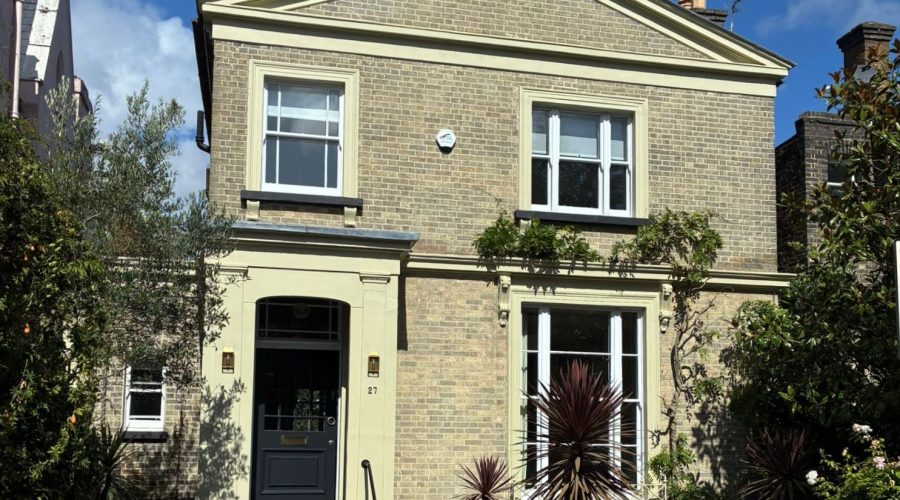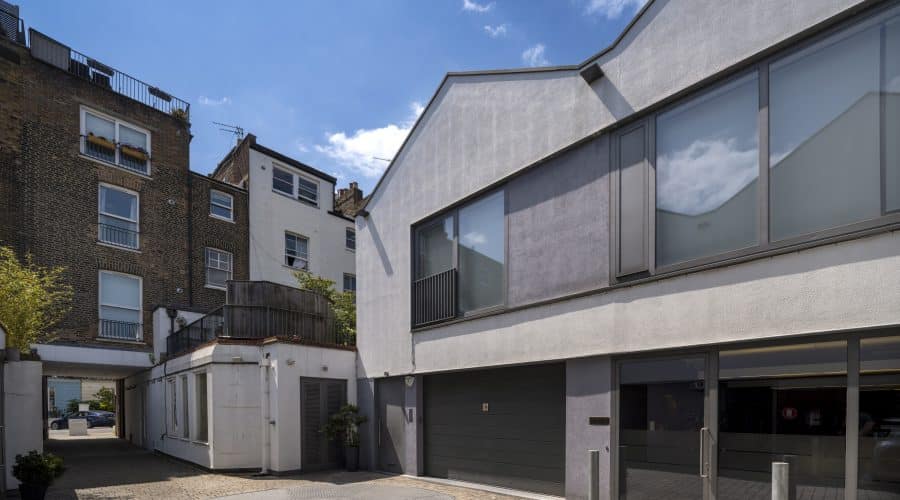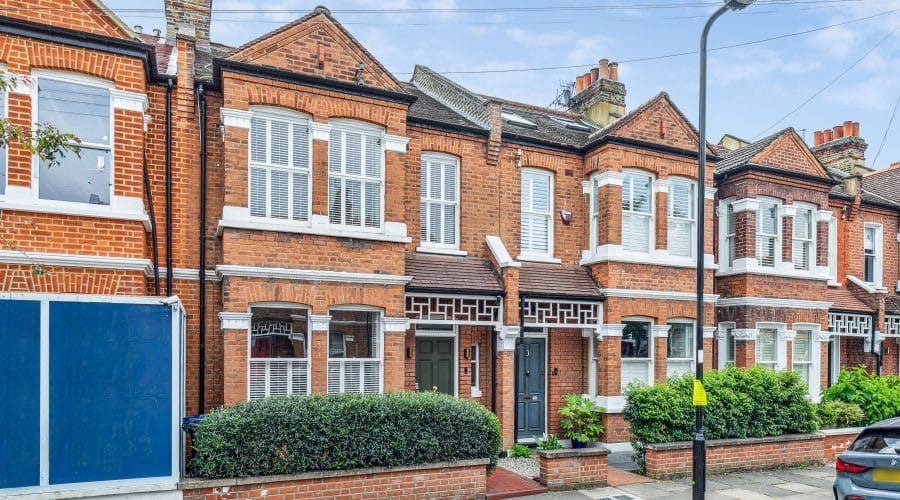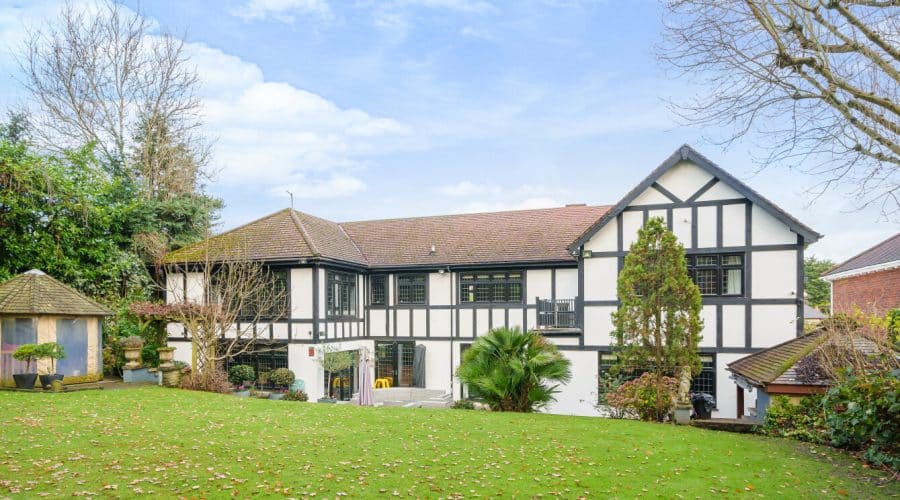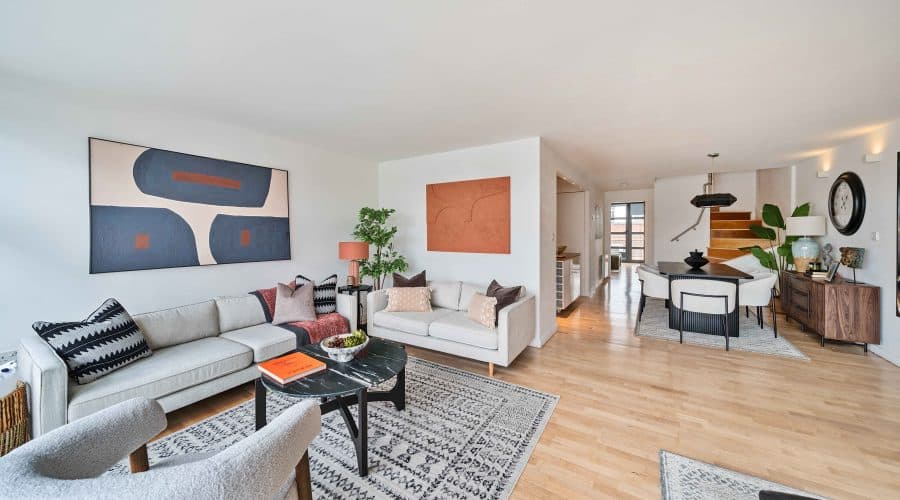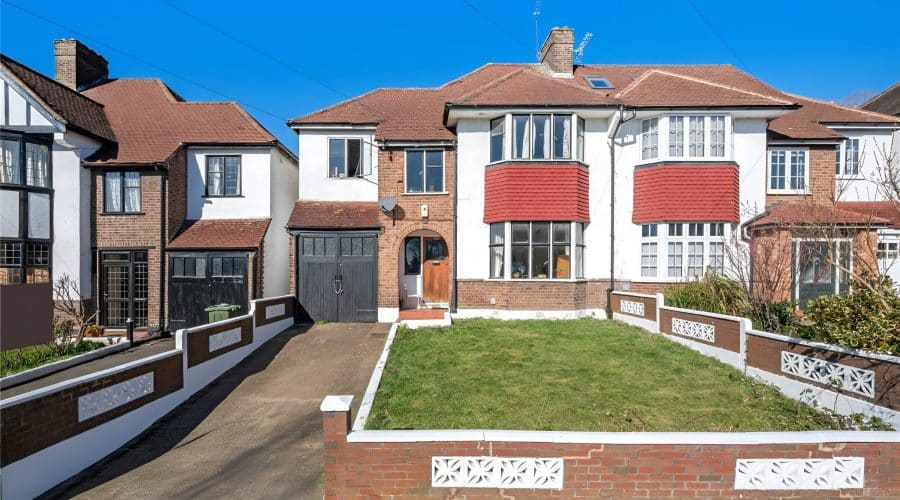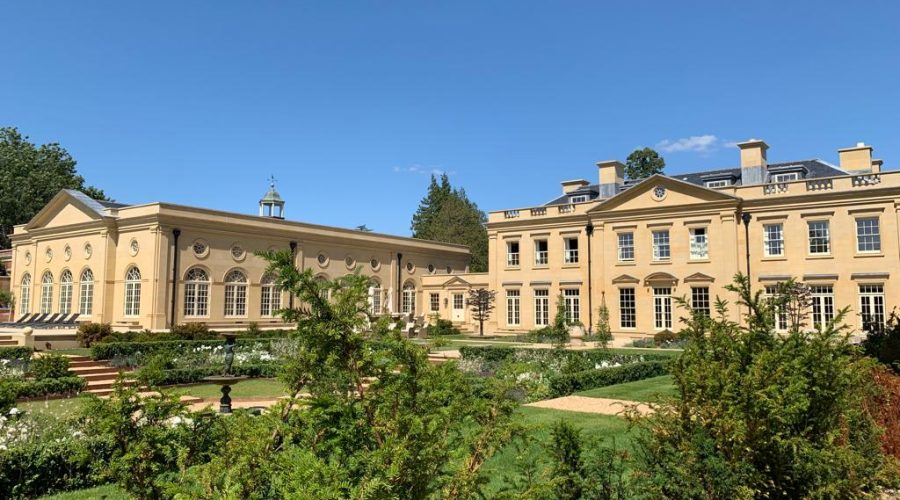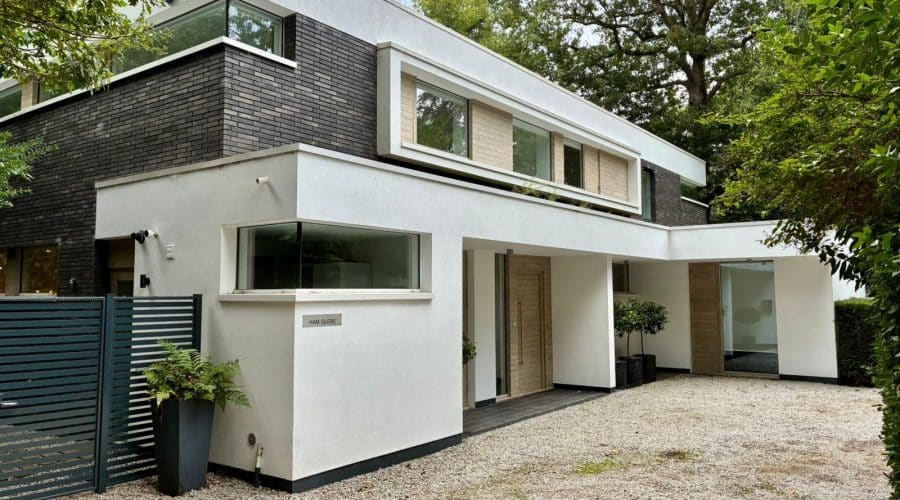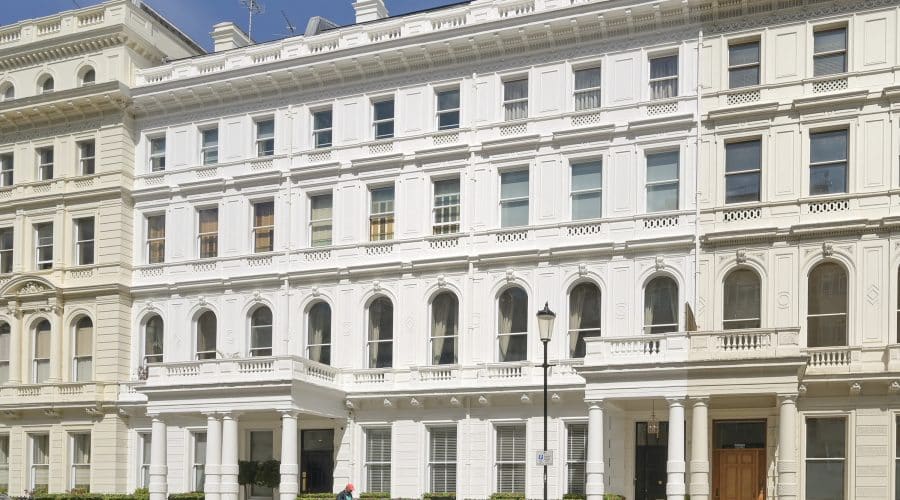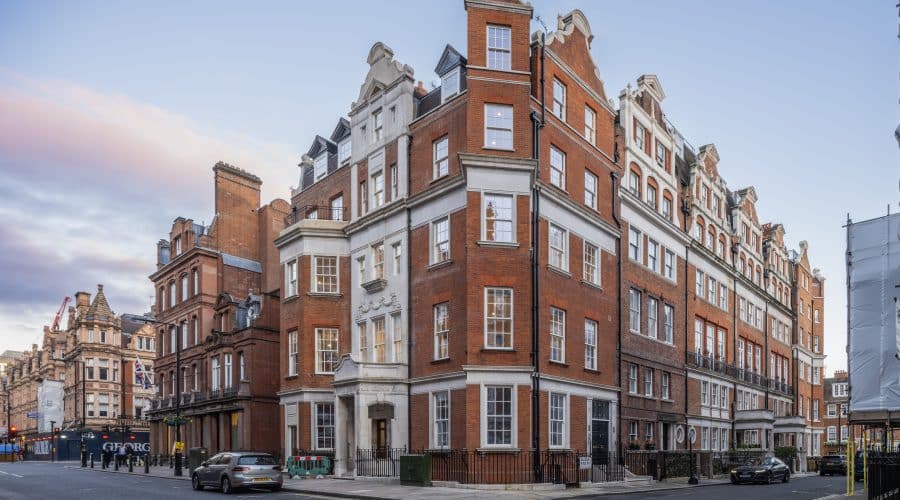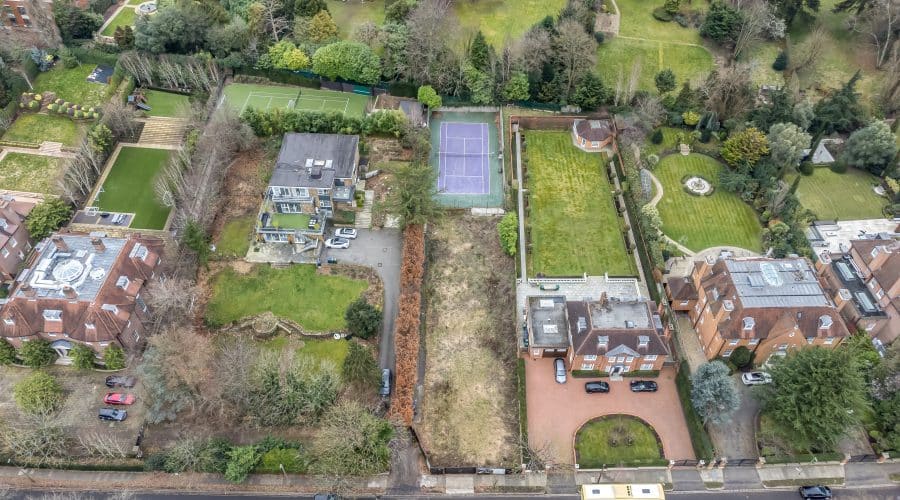Popular with avid swimmers, sailors and outdoor adventurists, our many coastal towns are a staple of our culture as an island nation here in the UK.
Rupert Stephenson, Regional Director for Devon, Dorset and Somerset at Black Brick buying agents, has lent his expertise to The Times’ latest feature on the best UK coastal towns and regions to find homes in this year.
Popular with avid swimmers, sailors and outdoor adventurists, our many coastal towns are a staple of our culture as an island nation here in the UK.
Written by Tim Palmer, Rupert has shared his experience and expertise on why some coastal hotspots in England, Wales, Scotland and Northern Ireland are better than others, considering aspects like property prices, living affordability, culture and community.
Read the article here.
